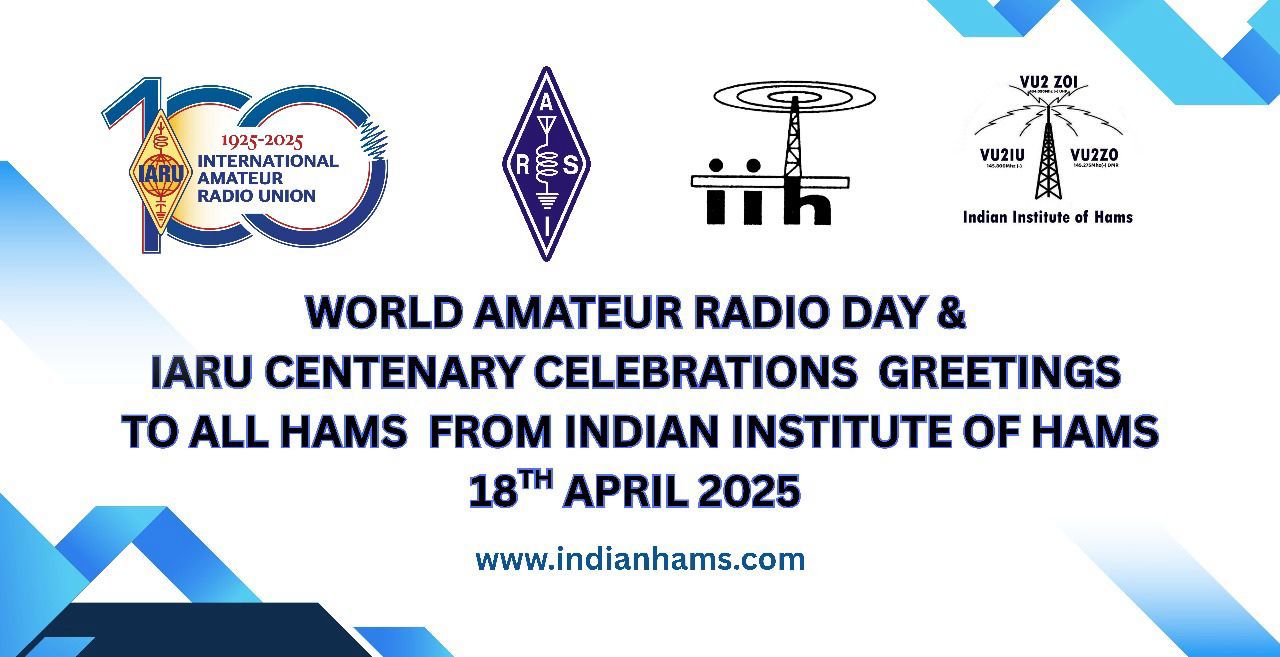
Every April 18, radio amateurs worldwide take to the airwaves in celebration of World Amateur Radio Day. It was on this day in 1925 that the International Amateur Radio Union was formed in Paris.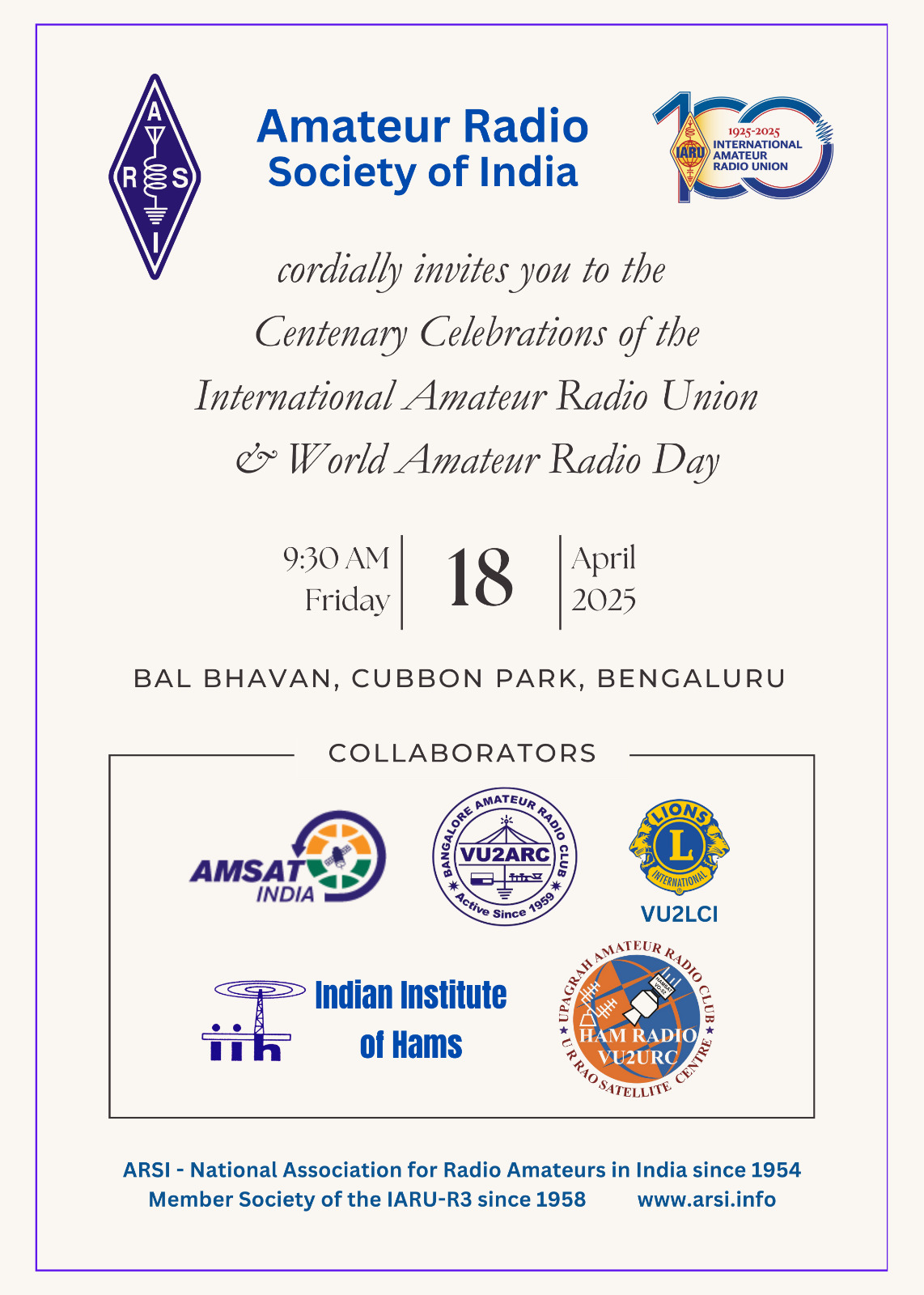 Amateur Radio experimenters were the first to discover that the short wave spectrum far from being a wasteland could support worldwide propagation. In the rush to use these shorter wavelengths, Amateur Radio was in grave danger of being pushed aside,the IARU history has noted. Amateur Radio pioneers met in Paris in 1925 and created the IARU to support Amateur Radio worldwide.
Just two years later, at the International Radiotelegraph Conference, Amateur Radio gained the allocations still recognized today. 160, 80, 40, 20, and 10 meters.
Amateur Radio experimenters were the first to discover that the short wave spectrum far from being a wasteland could support worldwide propagation. In the rush to use these shorter wavelengths, Amateur Radio was in grave danger of being pushed aside,the IARU history has noted. Amateur Radio pioneers met in Paris in 1925 and created the IARU to support Amateur Radio worldwide.
Just two years later, at the International Radiotelegraph Conference, Amateur Radio gained the allocations still recognized today. 160, 80, 40, 20, and 10 meters.
From the 25 countries that formed the IARU in 1925, the IARU has grown to include 160 member-societies in three regions. IARU Region 1 includes Europe, Africa, the Middle East, and Northern Asia. Region 2 covers the Americas, and Region 3 is comprised of Australia, New Zealand, the Pacific island nations, and most of Asia.
World Amateur Radio Day is the day when IARU Member-Societies can show our capabilities to the public and enjoy global friendship with other Amateurs worldwide.
.
Indian Institute of Hams (IIH) conducted three special nets on this day. The net controls had the privilage of using the special call sign VU1 IARU (alloted to ARSI by WPC onthis special occassion). The participants on these nets can download their eQSL card from this page.
How to collect your QSL card
Just browse the table given here spot your name / call sign and click to download your e-QSLcard, That's it.For any assistance or enquiries for the e-QSL cards please contact Rajan VU2JXM. Please send a personal message to his whatsapp No:9686302959.
History of Ham Radio in India
The history of ham radio began in India as early as 1921. The first Indian ham late Amarendra Chandra Gooptu, started his transmission in the year 1921 with a callsign 2JK. He was the lone ham at that time and so his radio transmission was a one way traffic. Those having the receiving equipments could listen to his broadcast. 2JK was followed by 2HQ, Mukul Bose (changed to VU2HP) in 1922 and VU2AG, Loken Bose in 1924. So two way ham radio contacts among Indians started from 1922 onwards. However, during the 1923s 20 British hams were operating from India.
India's first short wave public broadcasting station belonged to Dr. Matcalfe, VU2KH, a leading radio amateur and who was the Vice-Chancellor of Mysore University. He and his group of radio amateurs established an entertainment public broadcasting station VU6AH in the year 1935 and had listeners all over India.Amateur Radio licensing was closed and ham radio equipments were taken away by the authorities when the World War II broke in 1939.
At the end of World War II, the authorities started issuing temporary amateur radio operator's licenses from 1946. By the beginning of 1948, there were hardly fifty odd licensed hams of which a dozen or so were active. On May 15, 1948, Amateur Radio Club of India (ARCI) was inaugurated in the School of Signals at Mhow with Major B.M. Chakravarti, VU2BU at the helm.
In May 15, 1954, Amateur Radio Society of India (ARSI) was born at New Delhi taking over the ARCI which by then had moved from Mhow to Bombay and finally to Delhi.
So two way ham radio contacts among Indians started from 1922 onwards. However, during the 1923s 20 British hams were operating from India.
India's first short wave public broadcasting station belonged to Dr. Matcalfe, VU2KH, a leading radio amateur and who was the Vice-Chancellor of Mysore University. He and his group of radio amateurs established an entertainment public broadcasting station VU6AH in the year 1935 and had listeners all over India.Amateur Radio licensing was closed and ham radio equipments were taken away by the authorities when the World War II broke in 1939.
At the end of World War II, the authorities started issuing temporary amateur radio operator's licenses from 1946. By the beginning of 1948, there were hardly fifty odd licensed hams of which a dozen or so were active. On May 15, 1948, Amateur Radio Club of India (ARCI) was inaugurated in the School of Signals at Mhow with Major B.M. Chakravarti, VU2BU at the helm.
In May 15, 1954, Amateur Radio Society of India (ARSI) was born at New Delhi taking over the ARCI which by then had moved from Mhow to Bombay and finally to Delhi.
Taken from: Brief History of Amateur Radio in Calcutta-by Avinash Missra, VU2EM:Hamfest India '96 Souvenir
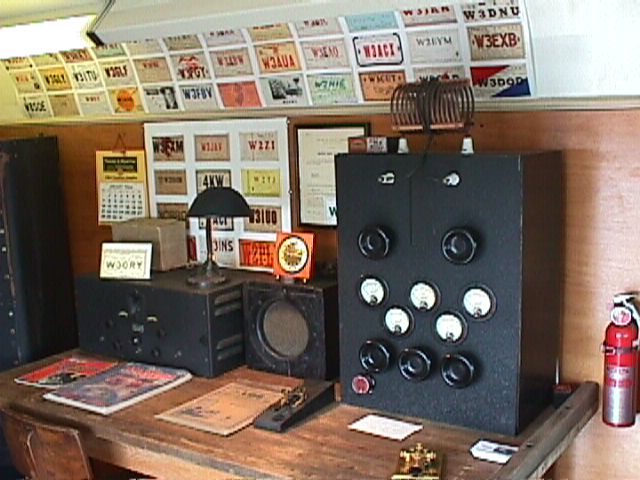 FeatureStation: From the left: A 1932 Hammarlund Comet Pro receiver, speaker, coil box and the QSL card of the first owner Dare Aucott, W3CRY, of Atlantic City, NJ. Right: Key on black-wooden base and well-made homebrew 300 watt transmitter built by Joe Hoffman, W2DST of New York.
FeatureStation: From the left: A 1932 Hammarlund Comet Pro receiver, speaker, coil box and the QSL card of the first owner Dare Aucott, W3CRY, of Atlantic City, NJ. Right: Key on black-wooden base and well-made homebrew 300 watt transmitter built by Joe Hoffman, W2DST of New York.
picture courtesy: http://www.njarc.org/oldradio/
To commomarate the Centinary year of Amateur Radio in India, Indian Institute of Hams will conduct many HAM awareness programs. Many special VHF nets, Many workshops on Disaster management. The calendar of events 2021 will be published in the website.
Attention all VU Hams & SWLs!
The WPC Wing, DOT, Ministry of Communications, Govt. of India has notified through the Office Memorandum File No. Project/ASMS/02/2019 (Part-1) dated 27 July 2020 that with effect from 1 August 2020 all applications for Amateur Radio are to be done only online through https://saralsanchar.gov.in/
Practical guidelines for the same are given as follows:
- 1. Registration:
- 2. Application for Examination:
- 3. Application for License:
- 4. Application for Permanent Change of Location:
- 5. Application for Renewal:
- 6. Application for Duplicate License / Renewal:
- 7. Application for Reciprocal License for Foreign Nationals
- 8. All in One:
Import of Amateur Radio Equipment : 2020-21
Detailed article about import of equipment by Radio Amateurs in India written by Mr. Devadas, VU2DH of Chennai whose profession is Shipping & International Freight Forwading is available
click here
Compiled by Jose Jacob, VU2JOS,
National Institute of Amateur Radio,NIAR.
Please click the link below.
- For VHF/UHF Repeaters :
Location Wise: - For VHF/UHF Repeaters :
Frequency Wise:: - For VHF/UHF Repeaters :
Callsign Wise: - For VHF/UHF Nets :
Nets Time Wise: - For VHF/UHFNets:
Location Wise:


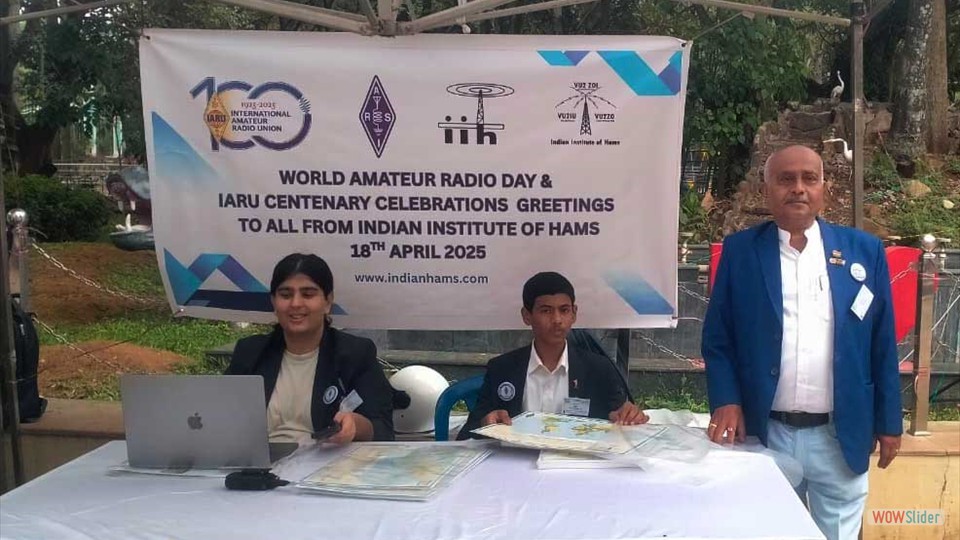

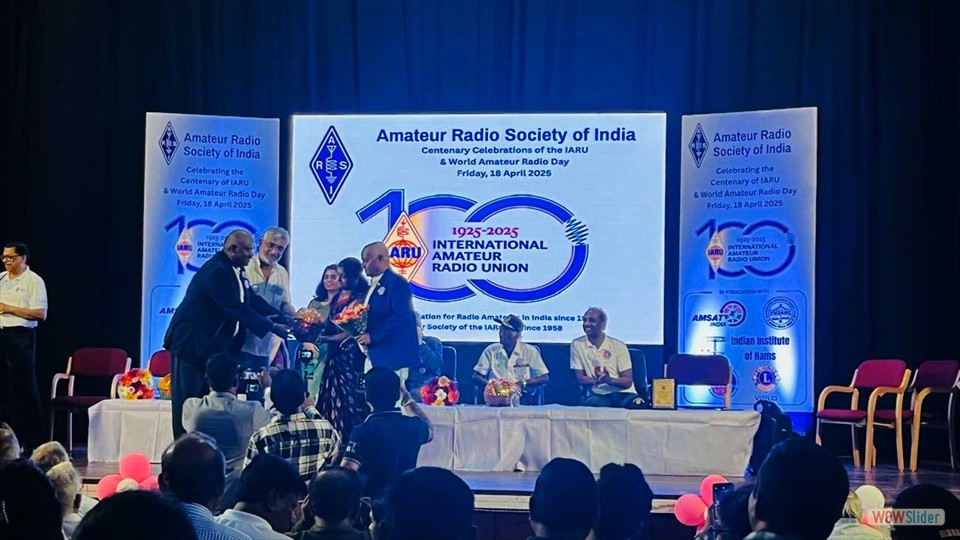

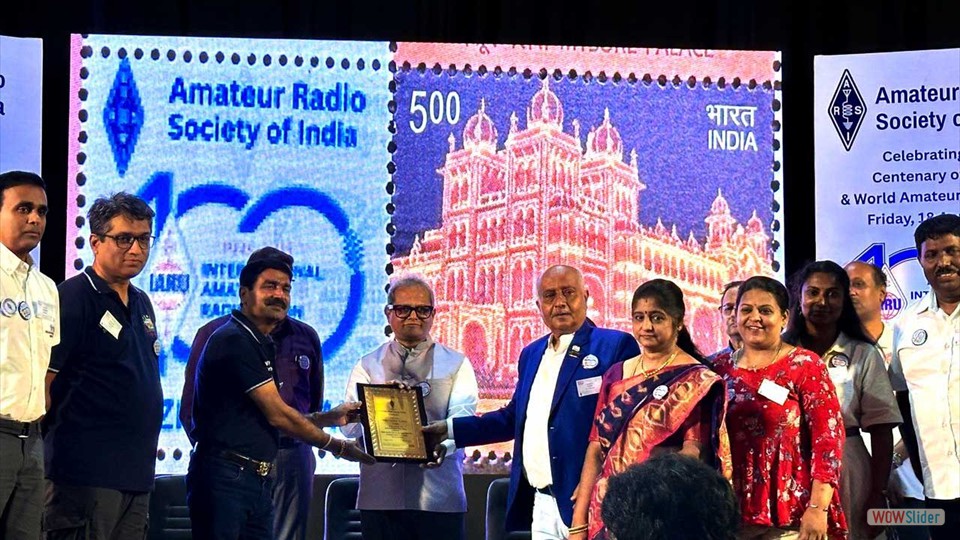
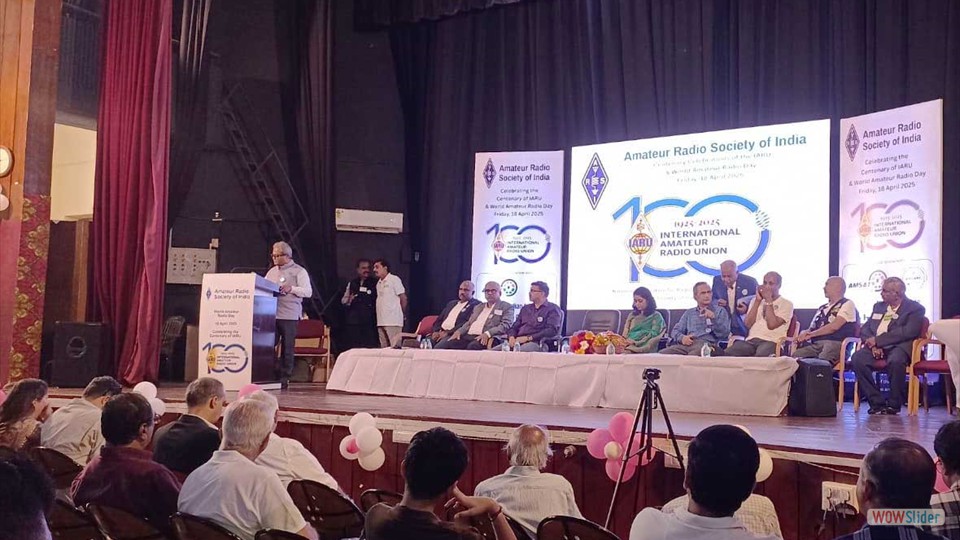
 1
1 2
2 3
3 4
4 5
5 6
6 7
7